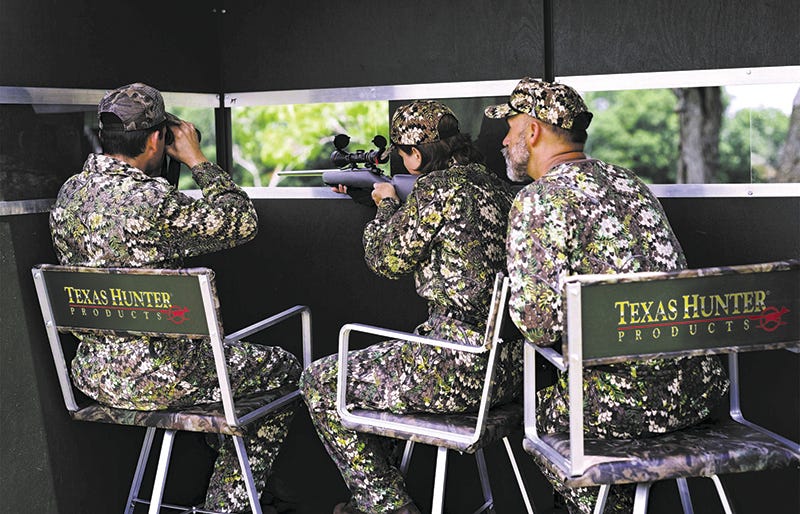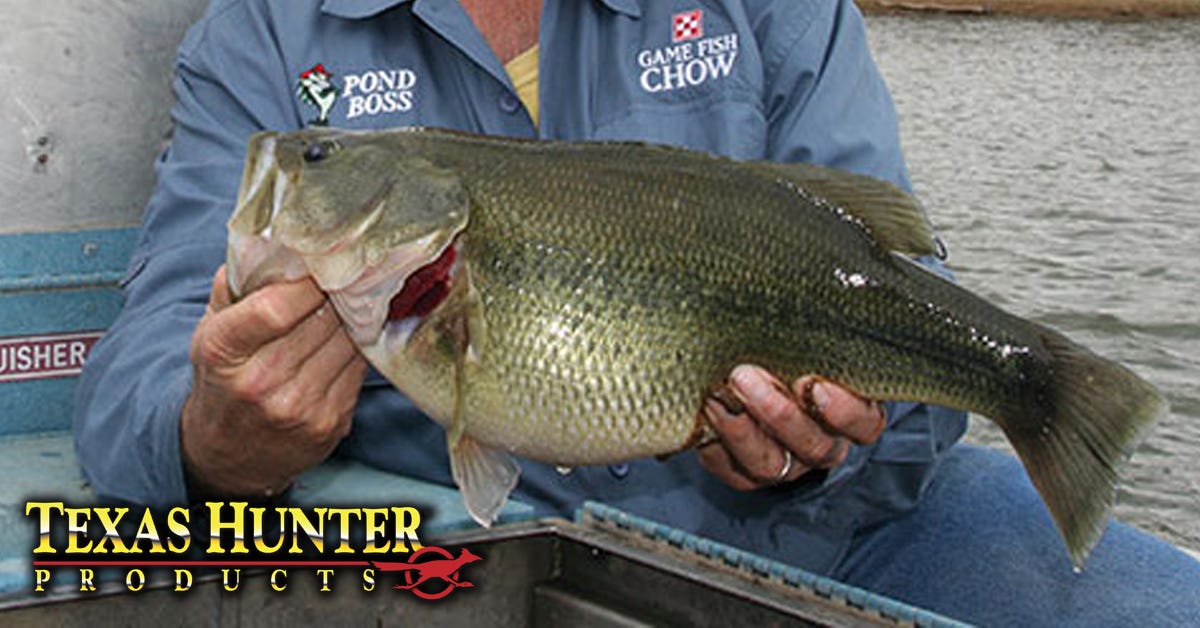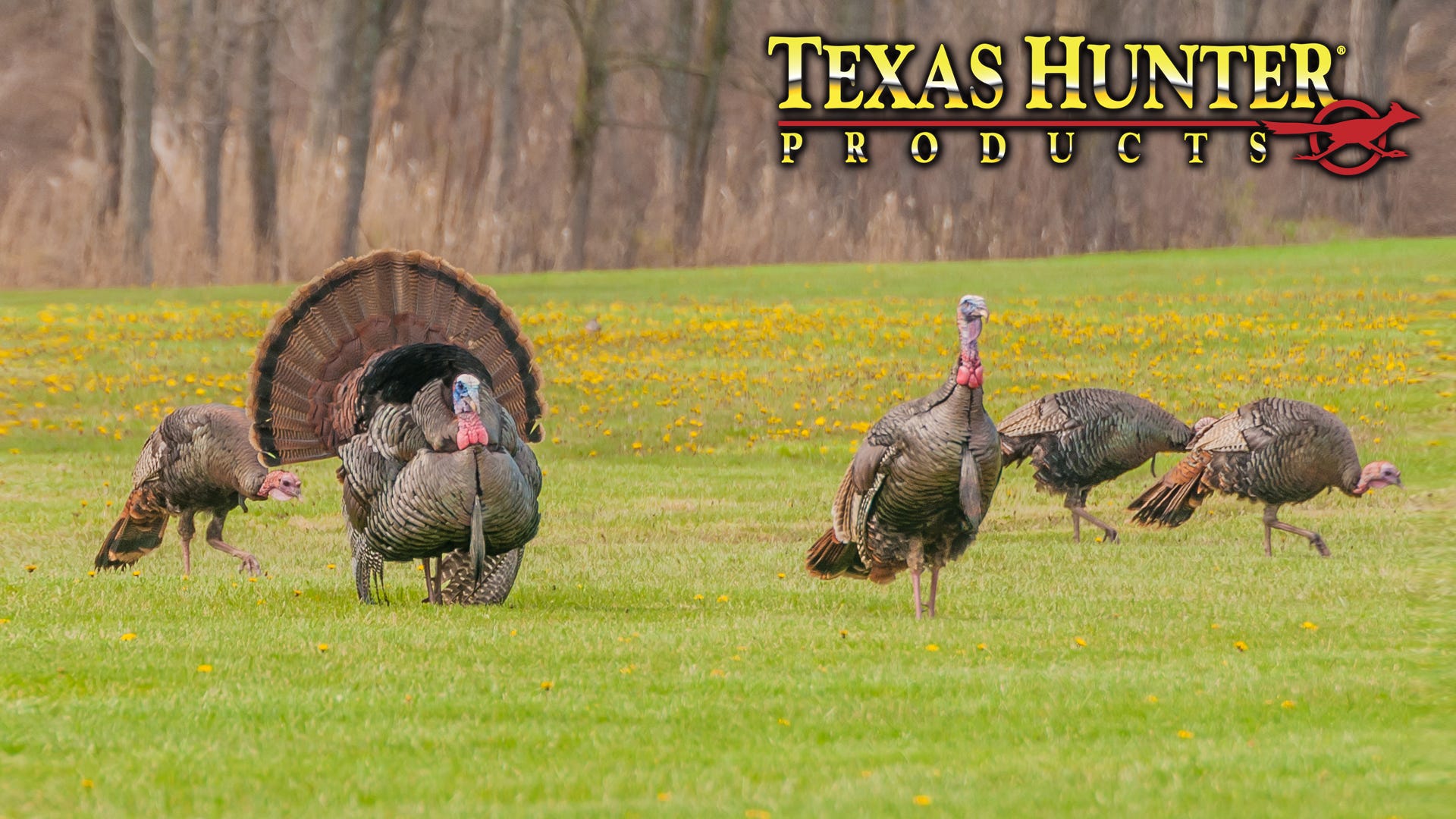- Nov 12, 2019
Patience is a Virtue in Hunting Blinds

by Joe Doggett
While you are huddled in the deer stand and growing old waiting for light, take a moment to ensure that your variable scope is turned to its lowest magnification. The resulting increase in the field of view will gather more light for enhancing an early target. And, keep in mind that any deer that becomes visible during the first gray shadows will be close. Powerful magnification is not necessary. As the light improves, you can increase the magnification.
A mid-range setting of 5x or 6x is easy to work with under normal deer-hunting distances inside 200 yards; such a setting provides a bold image while minimizing perceived wobble. Some top-notch guides prefer the mid-range over the high-end, especially for hunters prone to the shakes.
Use the best pair of binoculars that you can afford for casual "glassing" of the brush and distant images. Raising the scoped rifle for random sweeps is a terrible habit. First, it violates the No. 1 rule of firearm safety: Never point a gun at a target you do not intend to shoot. To reverse the situation, how would you feel raising your binoculars and spying a distant hunter "glassing" you through a 3x-to-9x scope on a 7mm magnum? Or even a .223? I have had that happen twice -- extremely unsettling. Second, using the rifle for repeated glassing simply creates too much movement and increases the risk of game-alerting commotion.
However, one exception to this policy does exist. If you catch a glimpse of a no-question, sure-enough, bona-fide deer slipping through cover or pausing amid thick brush on the edge of a narrow trail, don't waste precious seconds fooling with binoculars if this deer is within range. Cover the chance as soon as possible with the rifle. You might have but one fleeting opportunity as the buck moves through a narrow opening. Be prepared to make it count. But, to reiterate, we are talking about a confirmed deer, not a "maybe" sighting.
When -- if -- that deer steps out, do not be too quick to shoot if the distance is marginal or the angle is poor or the brush is thick. Wait for fate to face a better chance. Remember, the deer most likely is unalerted and may, in fact, be moving to a reliable spot (a deer feeder or water hole, for example). If the animal drifts away, well, such is luck. It may show again during a follow-up deer stand session.
Most important, be quick to recognize the moment to shoot. The deer turns and pauses, offering an open shot within clean range. The field of fire beyond is safe, and every predatory instinct whispers, "Now!" Settle behind the braced rifle and lower the bolt and take the confident shot.
Texas Hunter Products offers you the most innovative, practical deer hunting blinds available anywhere. The Texas-tough deer stands have been field tested by generations of hunters across America. See the full line of hunting blinds and accessories by Texas Hunter Products.



